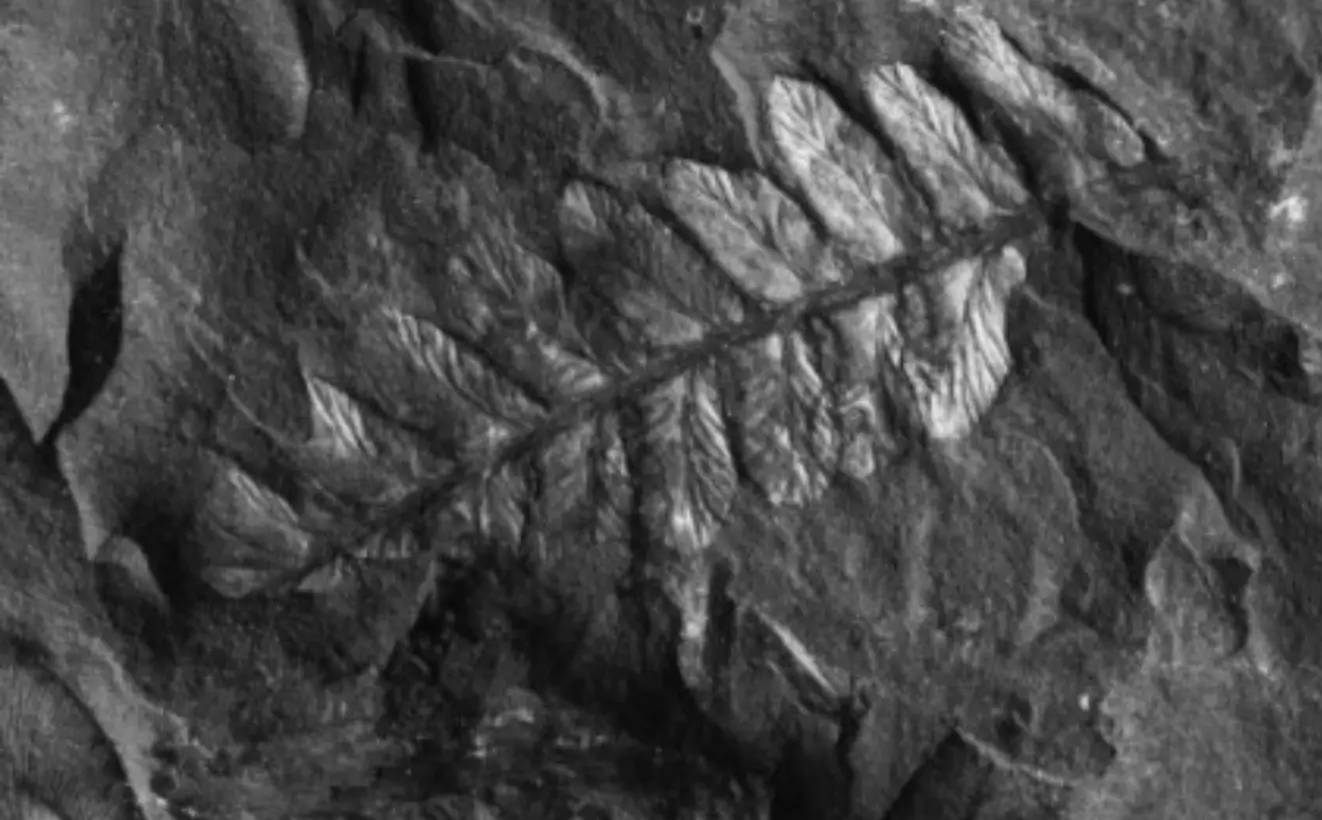Palaeobotany is the study of plant life of geological past (Le. the study of plant fossils). The earth has undergone large climatic changes over billion years of its geologic past. During this period of drastic weather changes, most of the plants died and their remains were decomposed. However, a few plants which escaped decay and decomposition, remained preserved. These preserved plant specimen are called plant fossils. Generally, only certain plants made of harder tissues are preserved while those made of soft tissues get decomposed. The preserved plant parts are discovered independently at different times and places, hence each part is given a status of genus, representing form genus or artificial genus. Later, all these related parts are placed together and a full plant is visualized and reconstructed.
The age of the plant can be determined by using radioactive elements like uranium-238, uranium-235, thorium-232, potassium-40 and rubidium-87. Carbon-14 has also been used for time-measuring technique.
The major stratigraphic and time divisions used are given below.
The process of fossil formation is called fossilization. This had begun ever since deposition of sedimentary rocks began. According to the nature of fossilization, following fossil types have been recognized.
- Petrifaction fossil :- These fossils have well preserved external form and internal structure. This is due to replacement of plant material by some 20 minerals.
- Cast or incrustation :- This type of fossils are formed when a plant part gets covered by sand or mud. The cast or coat is hard and, therefore, used in the study of external morphology.
- Impression :- These are impressions of plant or plant parts when these fall on partially hard clay. Such types of fossils show clear venation patterns.
- Compression :- These are formed as a result of complete burial and the constant pressure of continuing sedimentation above it. The organs generally become flat.
- Coal, Amber, Graphite, Diatomaceous Earth, etc. These are also types of fossils. The fossils are of great importance in the study of evolution. These make it possible to know the time and the type of flora and fauna that flourished. It has, therefore, been possible to trace evolutionary series and reconstruct the changes which might have occurred during the past. In this chapter, few fossils belonging to Pteridophytes and Gymnosperms are described.


Leave a Reply